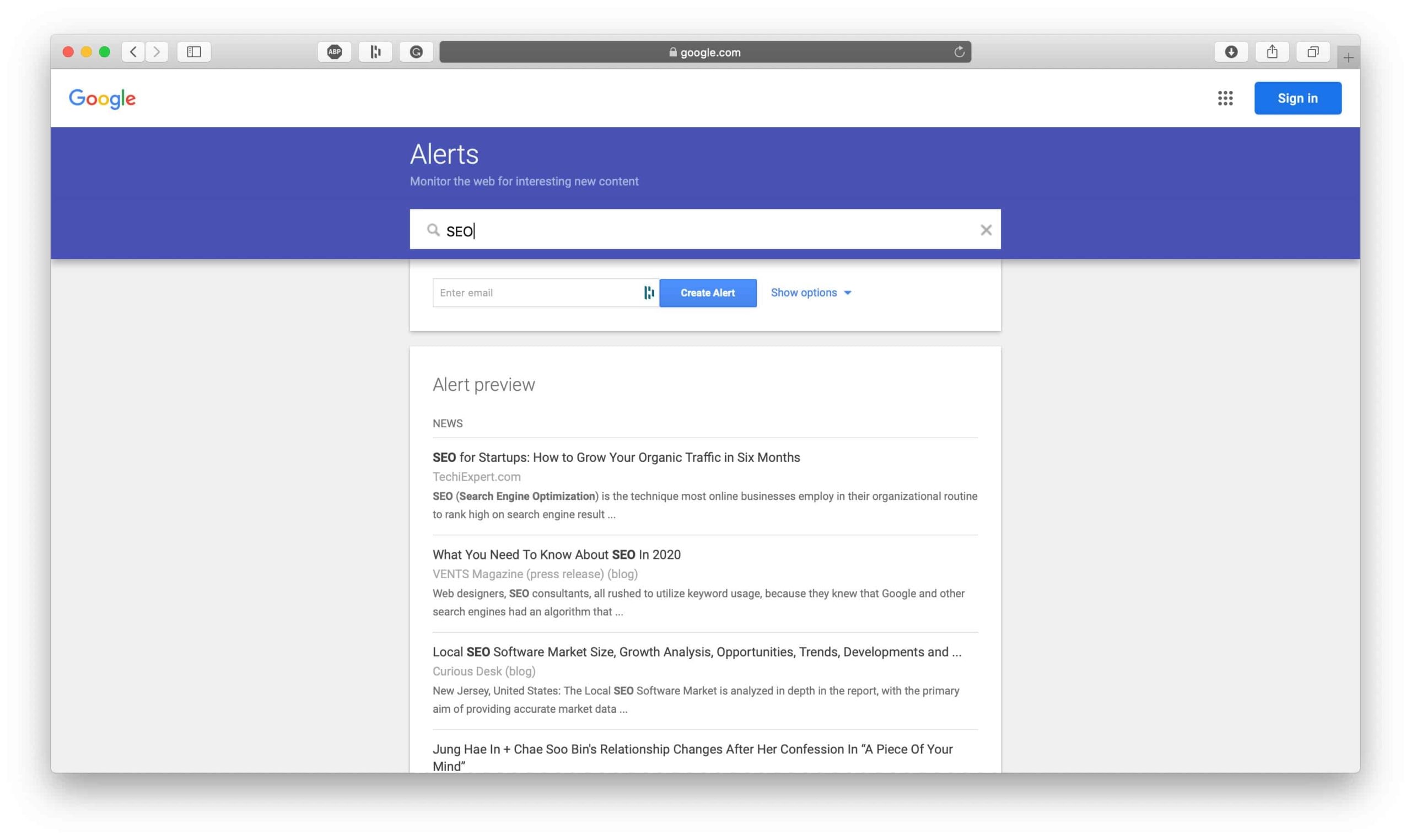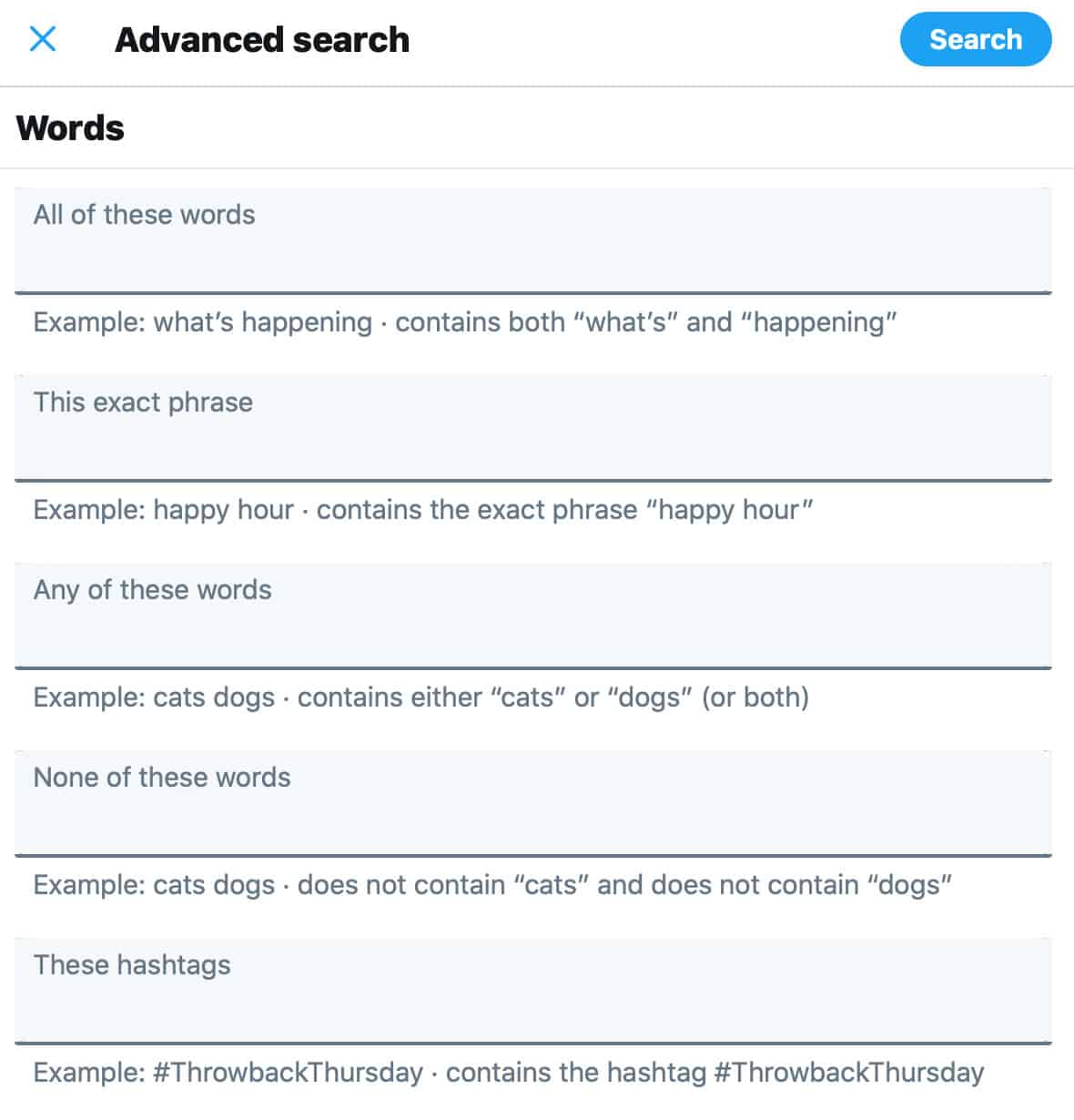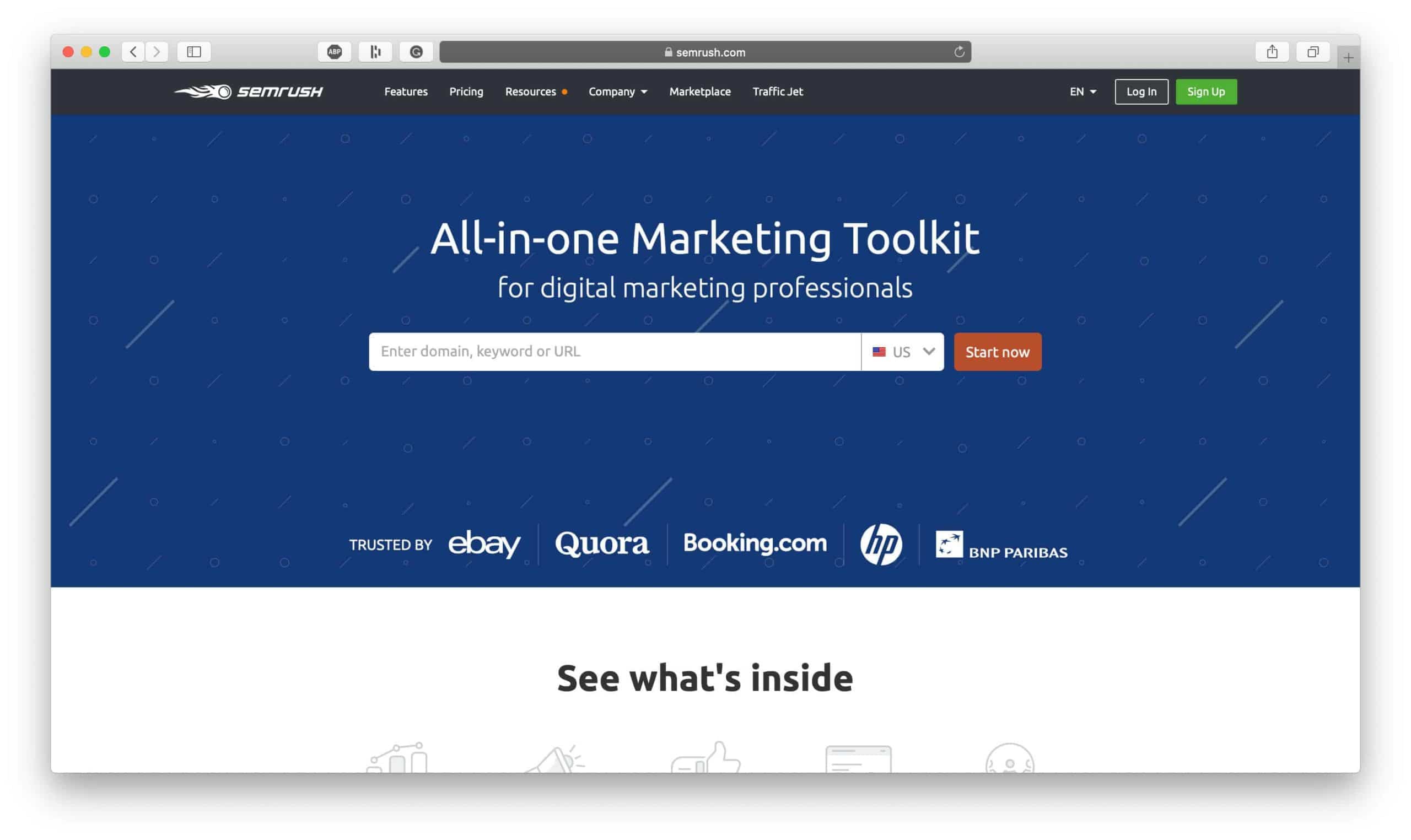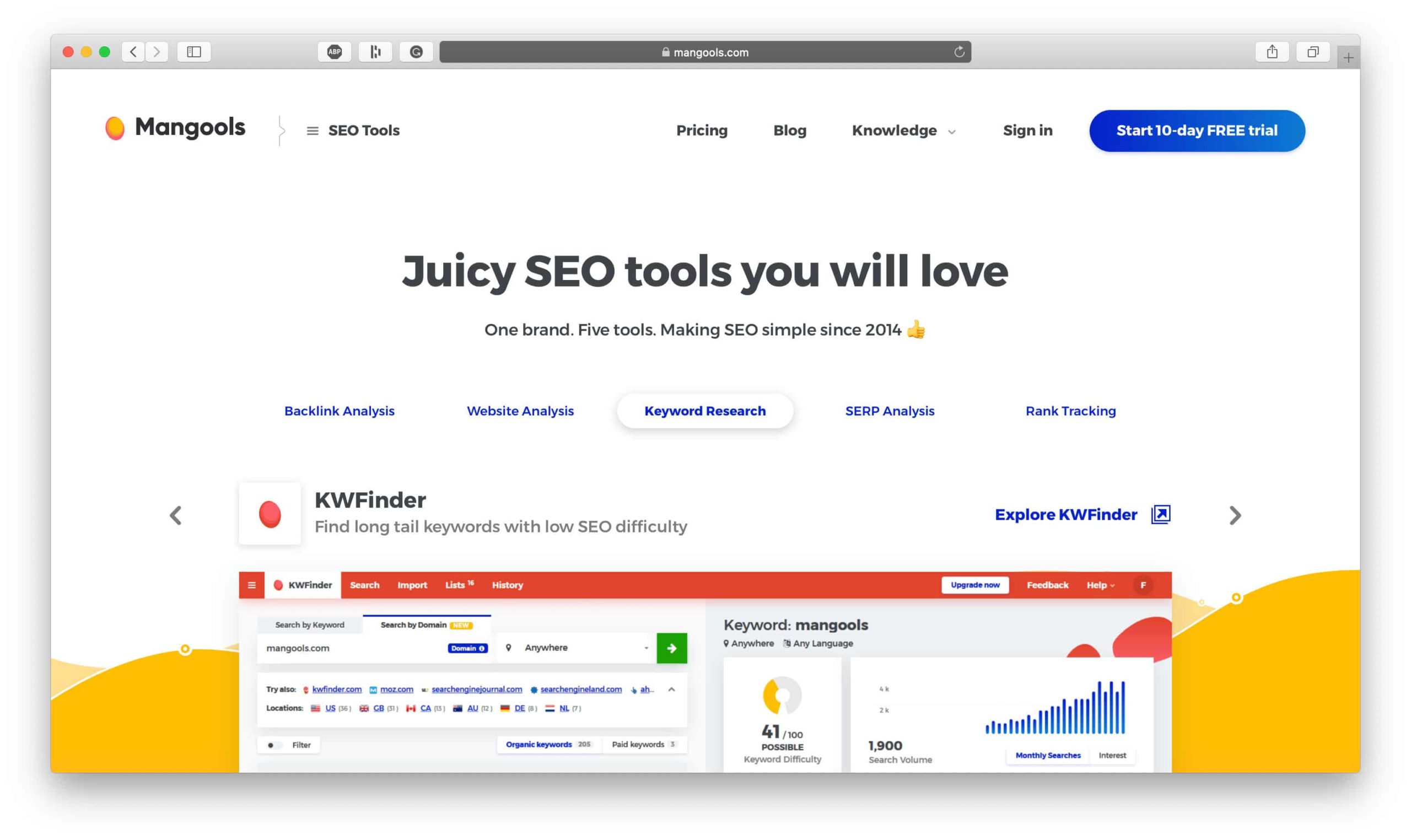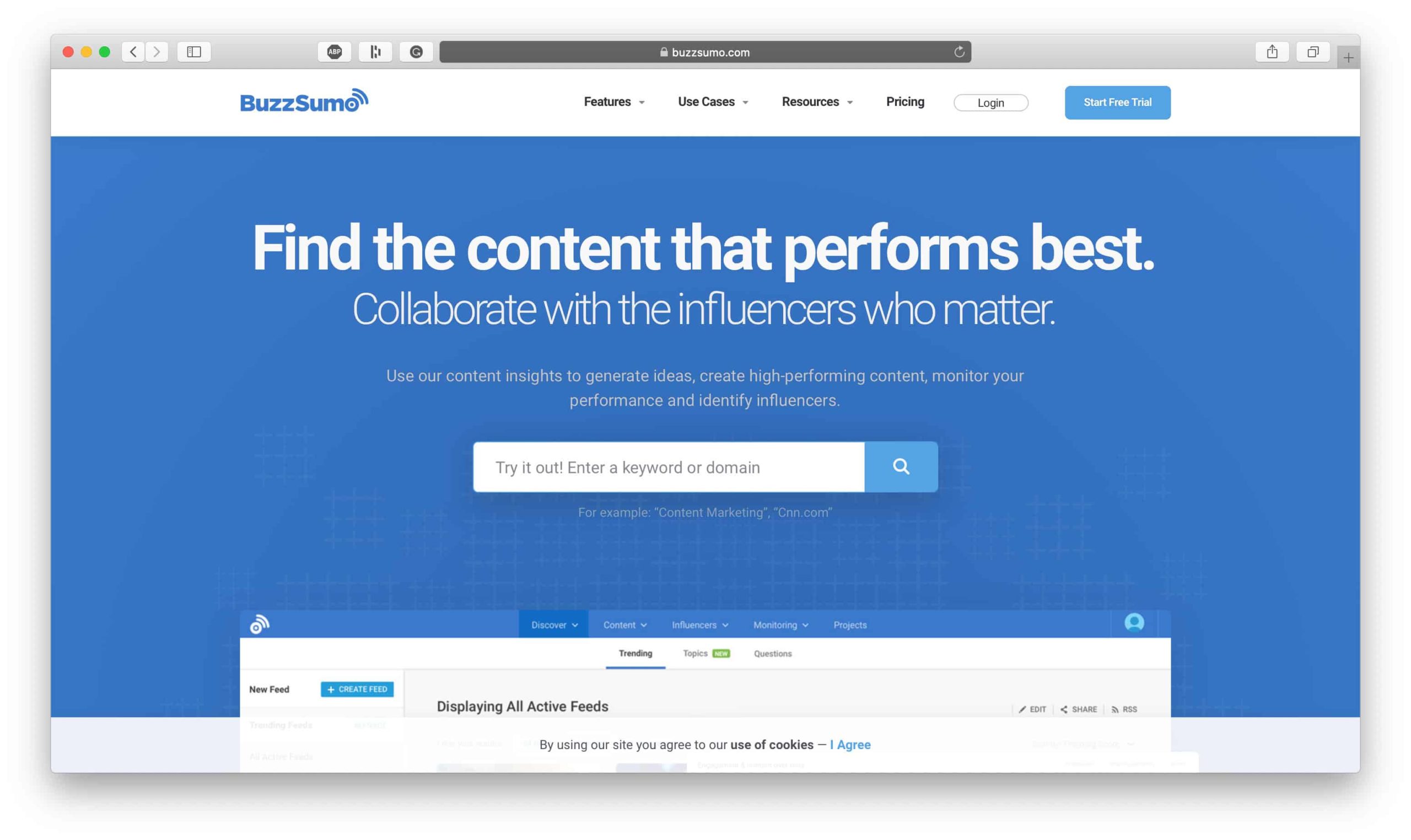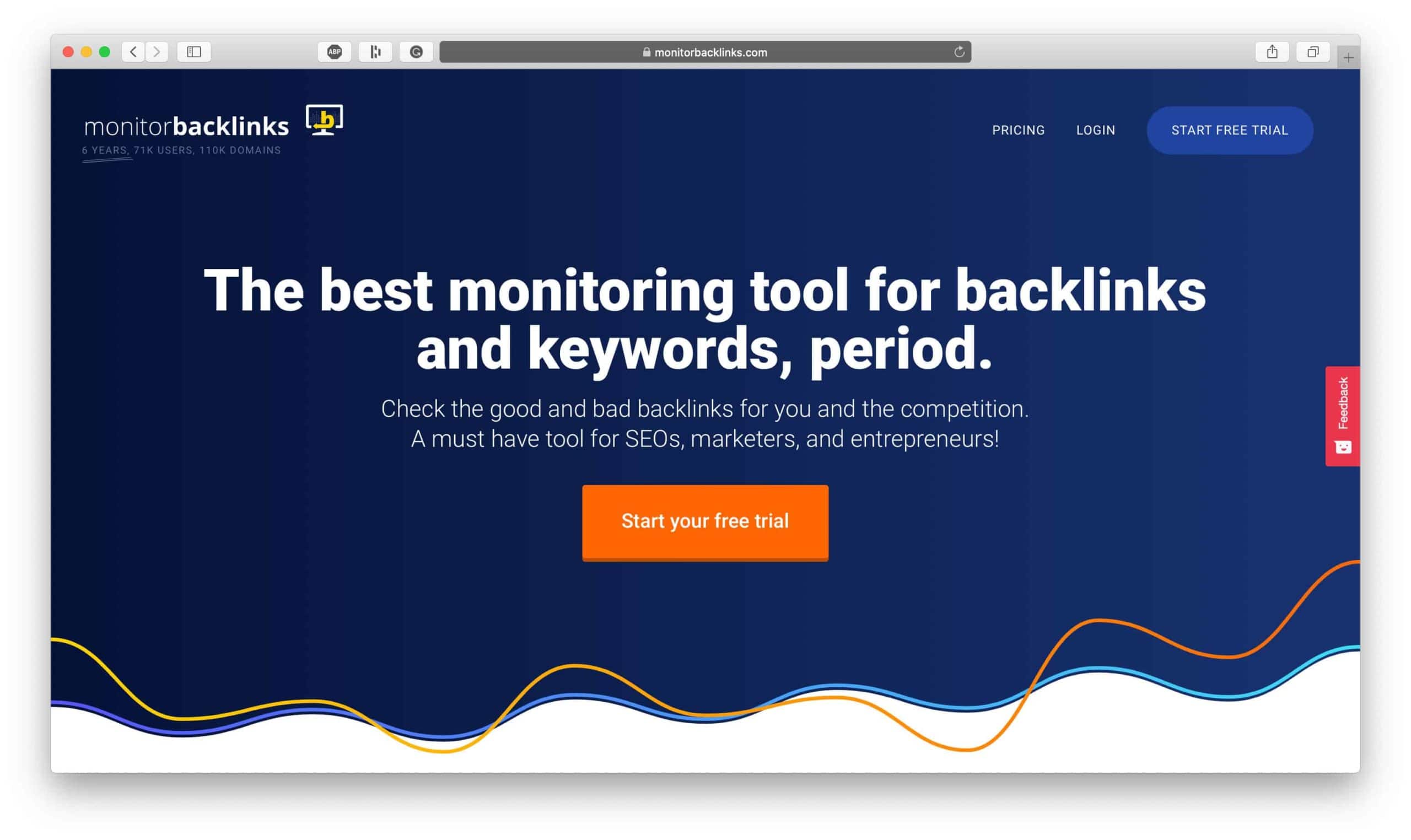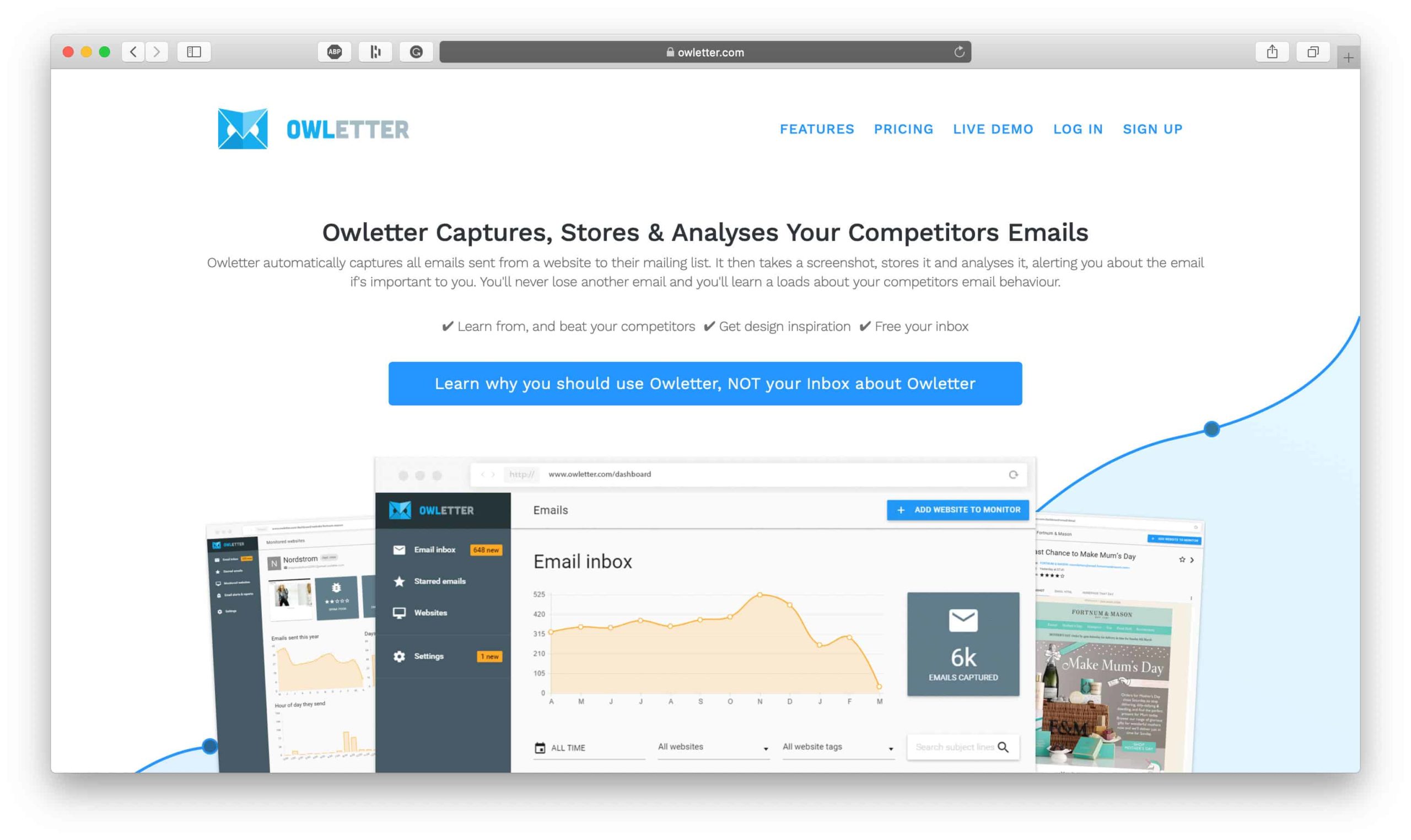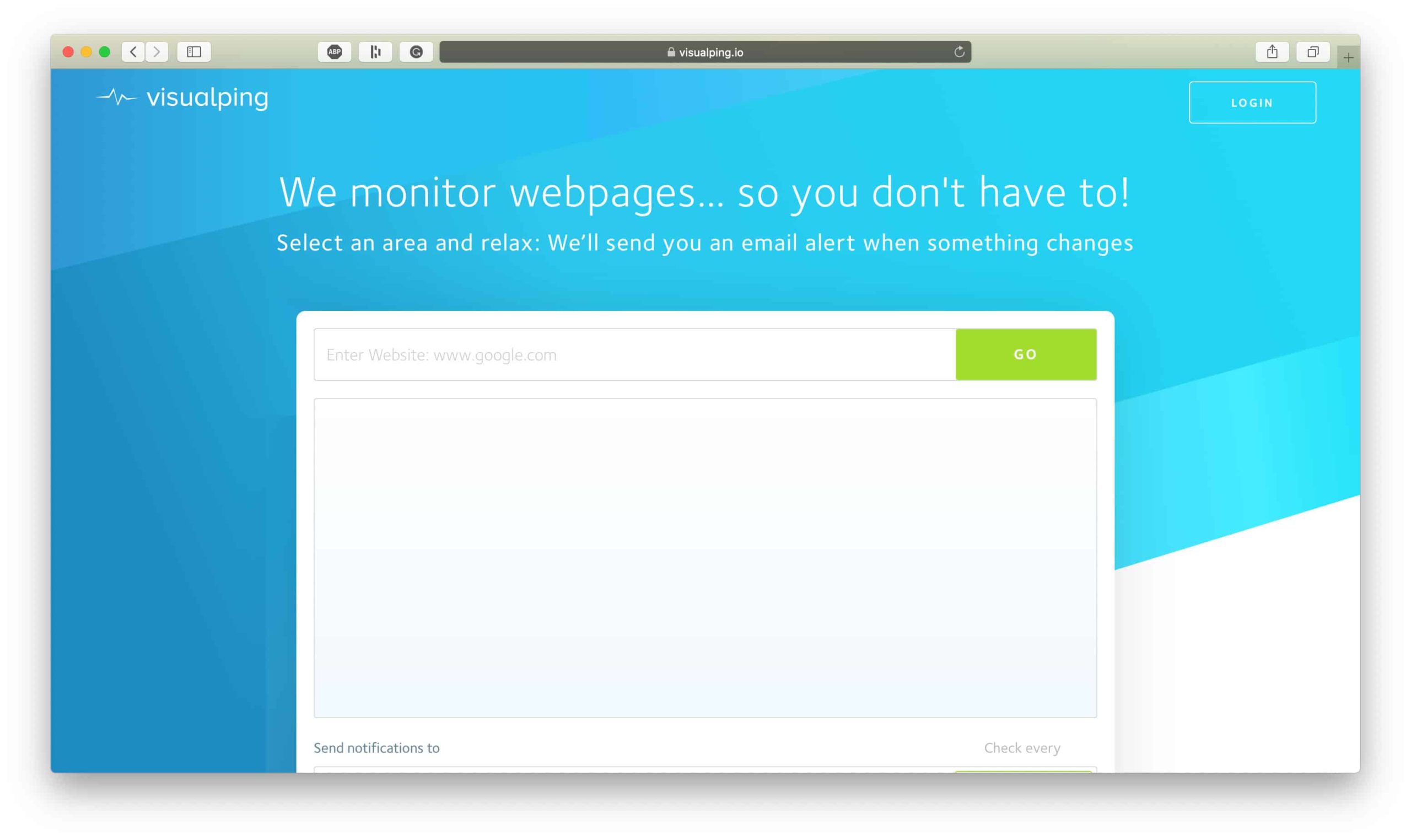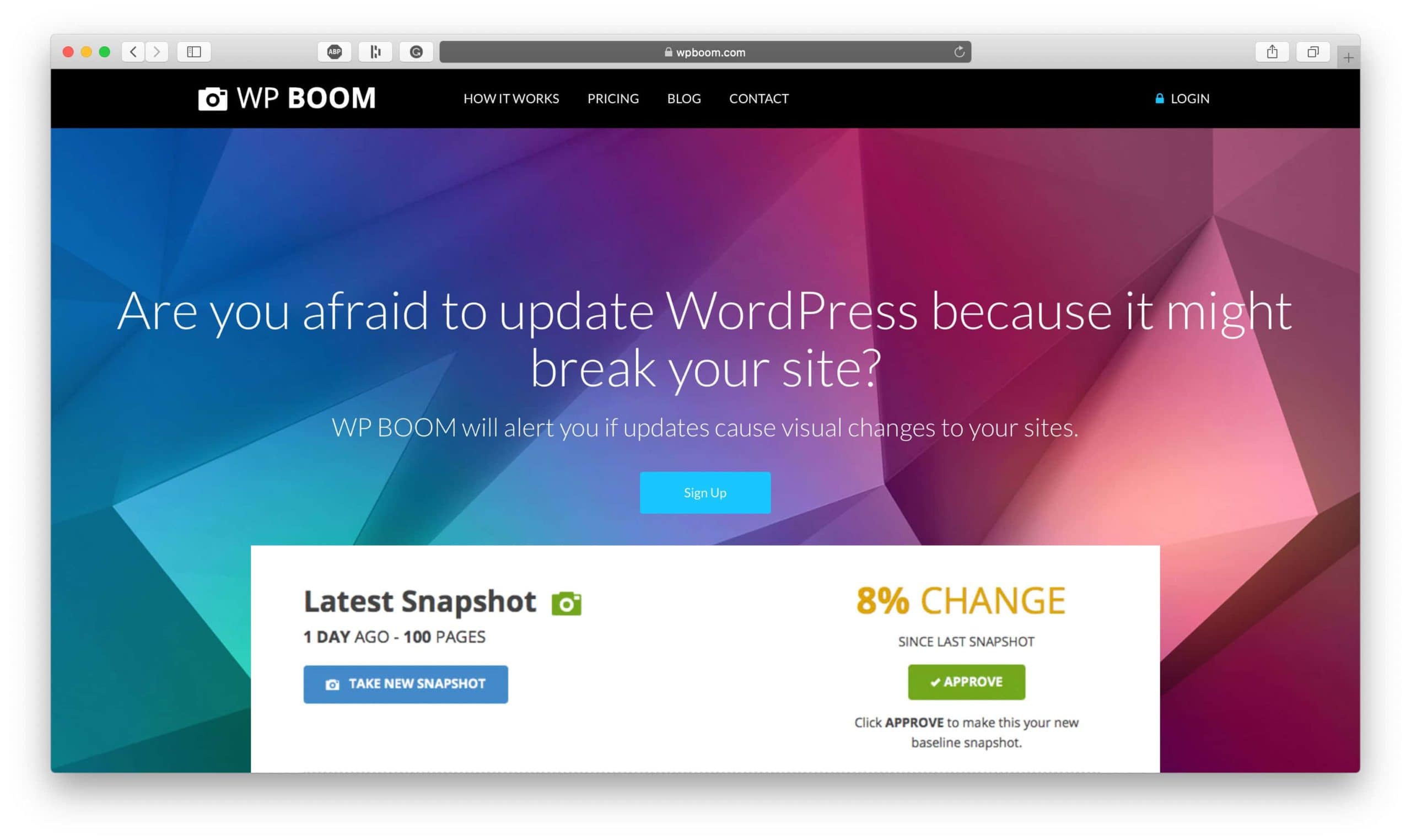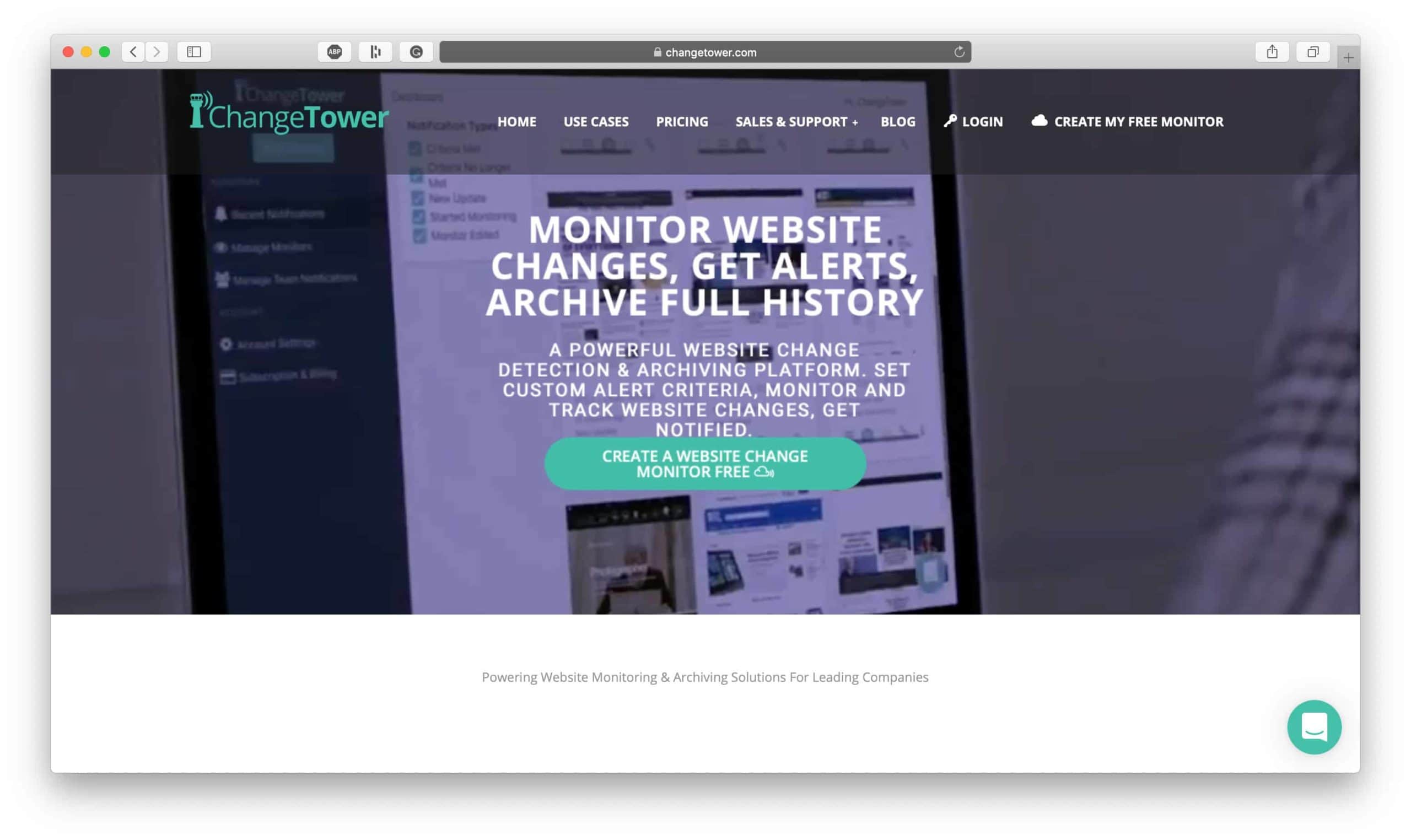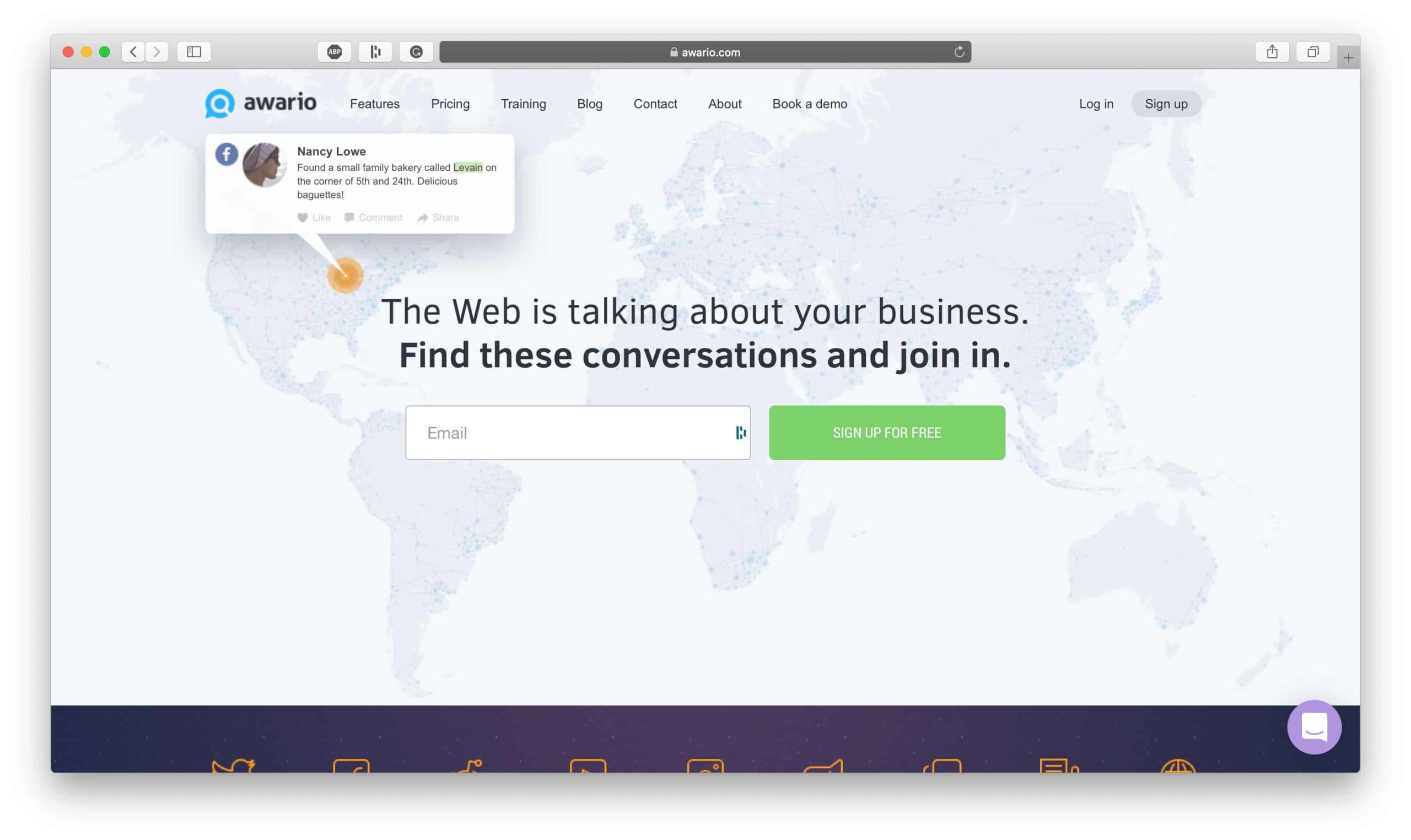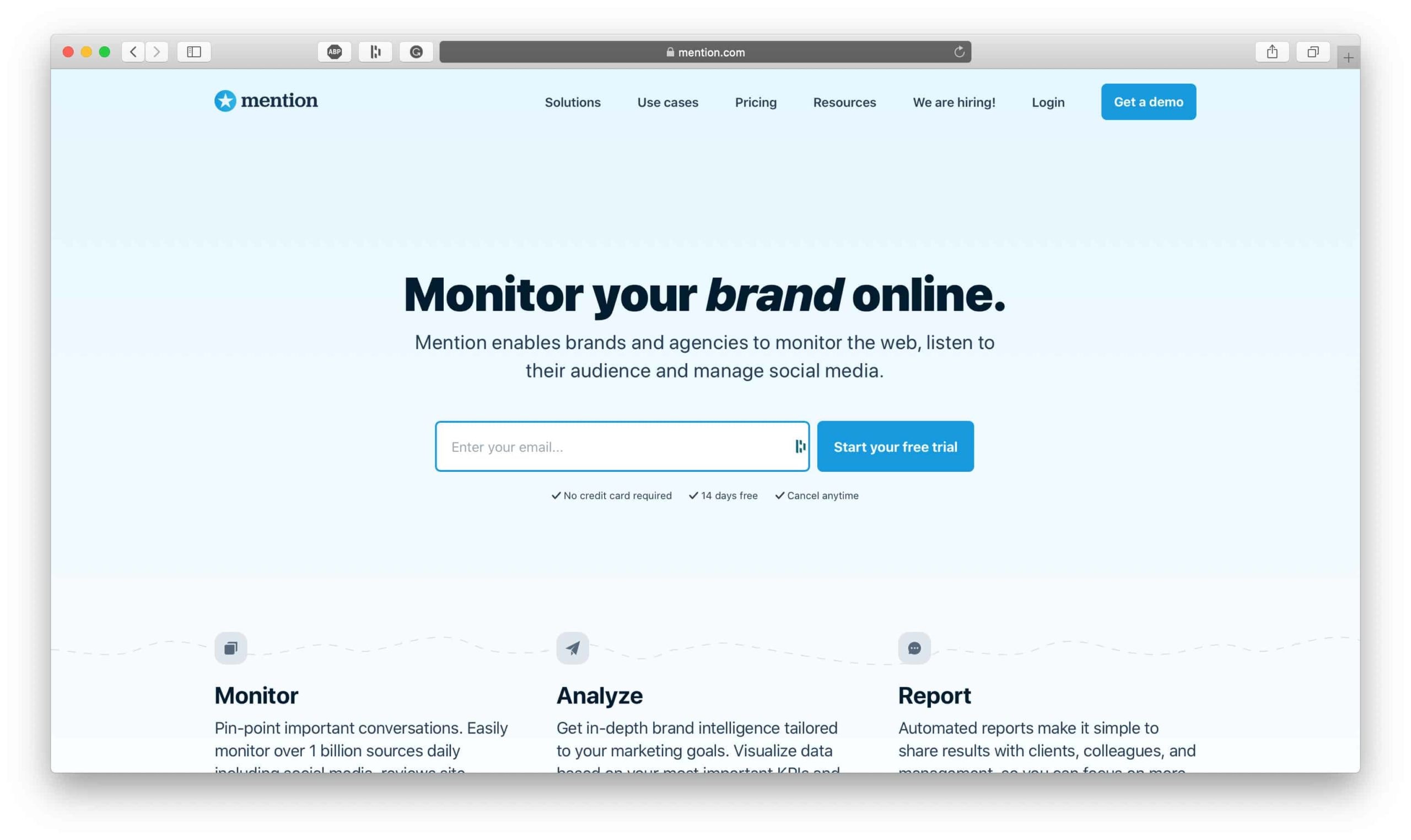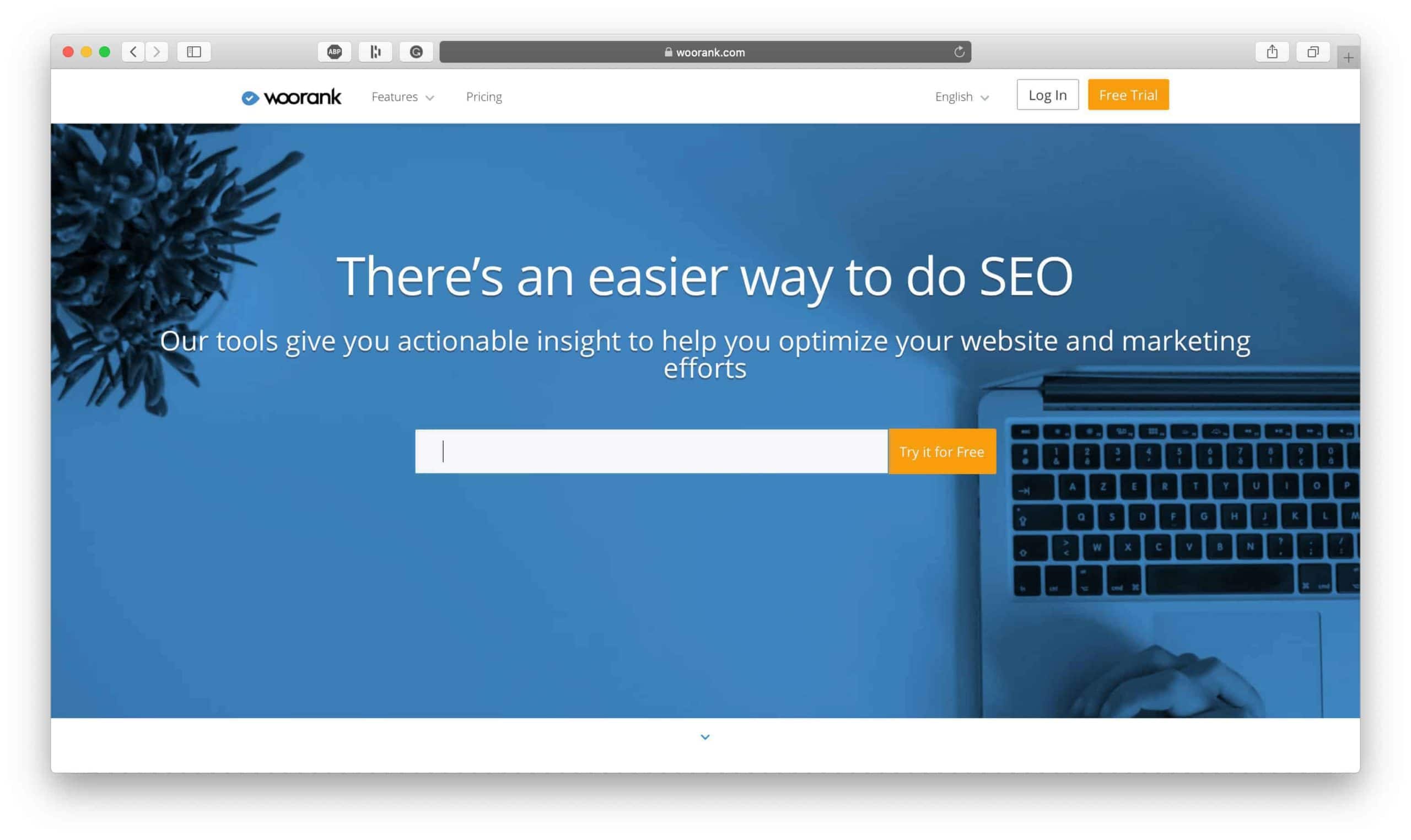
18 Powerful Competitor Analysis Tools to Spy on Your Competition
Have you ever envied James Bond for his impressive ability to infiltrate his nemeses? Rifling through filing cabinets, unlocking secrets, and discovering hidden intel—that’s the kind of stuff that gets you ahead of the competition.
While you shouldn’t go rifling through your competitors’ filing cabinets, there are still some ways you can (and should) keep tabs on your competition. And unlike James Bond, it doesn’t have to be a life-or-death adventure.
When you keep an eye on what your competition is up to, you can stay ahead of the game by utilizing your competitor research to fuel your business decisions. After all, it only makes sense to take a leaf from the books of brands that are already successful.
In this post, we’re listing the best tools you can use to spy on your competition so you can make better decisions for your business.
Let’s dive straight in.
What are the Benefits of Competitor Analysis?
Competitor analysis is time-consuming so you might be wondering, why bother? The simple fact is that you can’t effectively compete when you don’t know your competitors. You need to know what your competitors are doing so you can stand apart from them.
For ecommerce businesses specifically, competitor research can help you:
- Identify industry trends
- Adjust your pricing
- Create benchmarks for you to aspire to
- Make informed marketing decisions
- Find gaps in the market to capitalize on
This kind of information continually evolves as the market around you changes. This makes competitor analysis relevant not just to first-time business owners but to anyone that wants to stay ahead in their industry. This is why making a habit of researching your competition regularly is a wise decision. Check-in with your competitor analysis at least quarterly.
How to Get Started with Competitor Research
The first and perhaps most crucial time to conduct competitor research is before you even start your company. By analyzing the strengths and weaknesses of your intended competition, you’ll be more likely to spot gaps in the market where you can give yourself an edge.
Identify Your Competition
First things first, you need to identify who the most relevant players in your niche are.
To do this, open an incognito/private browser window. This will enable you to search the web with a clean slate that’s not influenced by your past searches or location so you’ll be given the most accurate results.
To start your investigation, enter keywords and phrases into Google that are relevant to your brand. Not sure what to search? Ask yourself, “What will my customers be searching for?” Make a list of your ideas, search for those keywords and phrases in Google, and see which brands come up as the top results. And voila, you’ll be identifying your competitors!
You could also do similar searches on YouTube, Instagram, Facebook, Reddit or any other social media platforms or forums that are relevant to your niche. Once you find some competitors, you could even use SimilarWeb to identify others.
There really is no limit to how you can search for your top competitors so think outside the box—these suggestions are just a good starting point.
Categorize Your Competition
Throughout your search, you’ll find plenty of brands that are authorities in your industry. While it’s wise to know as many of them as possible, you’ll just want to focus on your direct competition so you don’t get too overwhelmed.
Try categorizing the competitors you find into the subsections below:
- The Primary Competition: These are your direct competition. They target the same audience as you and might offer a very similar product or service. We suggest identifying 3–5 primary competitors to become your main targets.
- The Secondary Competition: These brands offer a similar product or service to you but specialize in something slightly different such as a higher or lower-end variant or maybe they appeal to a different type of customer. While they’re still your competition, their target market is somewhat different from yours.
- The Tertiary Competition: This includes businesses that are related to your industry but aren’t exactly the same. Tertiary competitors are useful for expanding your product catalog or just help you keep an eye on market shifts and trends. While they’re not usually actively competing with you, it’s worth keeping them on your radar to watch their development. For example, if you sell office furniture, a tertiary competitor might be a brand focusing on stationery.
When categorizing your competition, create a spreadsheet (like the ones on Airtable, check out our Airtable Review here) to document the following information:
- The name of the brand
- Their location
- Their mission statement
- Their strengths and weaknesses
- Their category level (Primary, Secondary or Tertiary competition)
- What they’re selling
Having all of this data in one place will make it easy to refer back to later on.
Investigate Your Competitors’ Websites
Once you have a list of your top competitors, you can start browsing their website to find out crucial information, like:
- How they emphasize their value proposition
- What their shipping options and prices are
- What their calls-to-action are and how obvious they are
- How they build their email list (do they use lead magnets?)
- How their product prices compare to yours
You can also find more relevant information by browsing the brand’s and founder’s social media pages and blogs—you’d be surprised at what some brand owners/founders share on their personal channels so it might be worth your time to do some digging!
If you want to go into even more detail with your competitor analysis—or if you’re particularly trying to improve your SEO or marketing strategy—you could also look for the following:
- Any special features on their website that you might want to add to yours
- The quality of their customer experience like their cart abandonment strategy, how they provide customer support, whether they have a mobile app, etc.
- Their content marketing tactics like what blog topics they cover or the types of content they produce
- Their marketing tactics such as the types of promotions or discounts they offer
- Their email marketing approach—do they send newsletters, promo codes, updates about their blog, or something else?
- Their approach to social media like what platforms they’re on, how frequently they post, and how they engage with and respond to their followers
- The reviews they get from customers and whether they get recurring complaints or which products are highly rated
All of this information will give you things to think about so you can make better decisions for your business to reach your desired goals.
How to Research Your Competition Yourself
If you’re trying to analyze competitors without the help of any tools, you’re in for a considerable time investment. But, it can be done.
Below are some of the ways you can do the legwork yourself:
- Subscribe to Your Their Email Newsletter: This will help you keep track of how your competition uses email marketing (if they use email marketing at all).
- Check Their Ratings & Reviews: Read up on Trustpilot, Glassdoor, and Google, as well as forums and social media. The reviews and comments on these platforms will help you understand what their customers are loving or hating.
- Follow Their Social Media Accounts: Keep up with their social media marketing, content strategies, and promotions on all their platforms. Observe how your competitors use different social media channels to promote their products.
- Purchase One of Their Products: Purchase a product and keep in mind the pricing, shipping costs, and packaging when it arrives. Shipping costs, in particular, are a primary reason customers abandon shopping carts, so pay attention to how your competitors combat that issue.
- Almost Purchase an Item but Abandon Your Cart: By abandoning your shopping cart during the checkout process, you can check whether they’re using abandoned cart emails with incentives to try and save sales.
- Research Their Funding: Look into whether your competition receives crowd-sourced funding via Kickstarter or Indiegogo, and look on Crunchbase to see if they have an investment portfolio. This information can give you an idea of what kind of cash flow they’re working with so you can anticipate how they plan to scale.
Now that you know what the legwork looks like, let’s proceed to what we’re really here for—the exciting spy gadgets that make competitor research a whole lot easier.
The Best Free Tools to Spy on Your Competitors
Google Alerts
Google Alerts is a standard tool that you can use to monitor virtually anything online—like your competitors. Enter your competitor’s brand name and/or any related keywords and Google Alerts will email you when they’re mentioned online. This will help you keep track of when they’re in the press and, more importantly, for what reason!
Whois
Every website is registered in the Whois Database so head over there and type in a competitor’s domain name and you can possibly learn who registered the domain and when. We say “possibly” because the information can—and often is—redacted for privacy reasons.
If you can find out who registered the domain, however, it can help you identify the founder’s personal social media accounts and/or blog where you can possibly find out more information about their business and future plans for it.
Twitter Advanced Search
This tool wasn’t exactly created to be a competitor research tool, however, it can be used for that purpose with a little bit of creativity. You can use Twitter’s Advanced Search feature to discover people and brands that are operating in the same niche as you and as a “social listening” tool to keep an ear on what consumers are saying about your competitors. You can get pretty in-depth with it so with a little imagination, you can likely get some valuable competitor research done with it.
The Best Paid Spy Tools for Conducting Competitor Analysis
If your budget allows you to spend money on tools to conduct competitor analysis, these are what we recommend using.
SEMrush, Ahref & Spyfu
These powerful SEO tools—SEMrush, Ahrefs, and SpyFu —allow you to research your competitor’s keyword usage, as well as how their ad campaigns are performing. They index a large number of websites for you to browse and observe.
You can also enter the keywords you’re considering for your own content, see how competitors have optimized for them, and how much traffic it has gained them.
You can even view which pieces of their content performed best, and what didn’t work as well. Then, once you’ve identified the weaknesses in their strategy, you can improve upon them for your own store.
Besides keyword research, you can conduct backlink research, too. This enables you to get a look into your competition’s complete SEO strategy (both on-page and off-page) by seeing the websites that are linking back to your competitor’s website. Backlinks powerfully boost SEO and using these tools can give you insight into how your competitors are getting traffic and where exactly it’s coming from.
Out of the three tools, SEMrush is the one we’ve used the most often. We’ve used it to massively improve our own SEO results and it does competitor research thoroughly and powerfully. If you’re interested to learn more about what exactly SEMrush does, check out our SEMrush Review.
Mangools Tools
Some of our favorite tools to monitor and improve our own SEO are made by the Mangools team, and their suite of tools can also be used to perform competitor analysis. Our favorite is KWFinder (KWFinder Review) which can be used to find out which sites are ranking for which keywords and roughly what amount of search traffic they receive because of it, but you can also use:
- SERPChecker: This tool is specifically designed to help you find weak spots in your competitors’ search engine ranking positions.
- SiteProfiler: Check the domain authority and trustworthiness of any website so you can see how important search engines view the site’s content. You can also use this tool to find your competitor’s top-performing content.
- LinkMiner: This tool checks the SEO power of the backlinks your competitors are getting so you can target them too. Save a list of the backlinks your competitors are getting and contact those sites to hijack the backlinks.
BuzzSumo
BuzzSumo is a tool that analyzes content based on how popular it is. Use it to search keywords and discover where those keywords performed best around the web—on what website, in what kind of content, where the content was shared, and how often it was shared.
BuzzSumo analyzes content from all over the web as well as social media to bring in the results. Not sure what we mean? Try it out right on their site! You just have to search for a keyword.
The information BuzzSumo generates can help you discover brands and websites that are also targeting your keywords so you can either partner with them (if they’re influencers) or compete against them (if they’re brands). It’s a way to get your eyes on all the top-performing content out there for search terms related to your brand and products so you can make better-informed business decisions.
Monitor Backlinks
Monitoring your competitor’s backlinks is a valuable way to find blogs and websites that present potential linking opportunities for you as well. Tools like Monitor Backlinks identify which of your competitors have a strong network of backlinks, who linked to them, and what content invited more links. Some of the software’s features overlap with the SEO tools we mentioned above but it’s their main specialty so Monitor Backlinks is worth a mention.
Owletter
Owletter captures, stores, and analyzes your competitors’ emails. If you’re curious about their newsletters and promotion ideas, use this tool to see what they’re sending out and learn from their strategies.
VisualPing
VisualPing takes daily screenshots of any websites of your choice and will notify you if and when anything changes.
You’ll be one of the first to know whenever your competitors update their design, upload a new product, or start a new promotion. This tool makes analyzing their website trends and keeping on top of their updates so much easier!
WP Boom
WP Boom works similarly to VisualPing and also compares before-and-after screenshots. Its primary purpose is to identify changes after WordPress updates—making it easier to catch any undesirable changes—but you could also use WP Boom to monitor other WordPress sites (like your competitors’).
Change Tower
Change Tower is also used to monitor websites. Again, you can set up alerts for when competitors make specific changes to their website but best of all, you can receive multiple notifications at different points in the day, even on their free plan.
Awario
Awario works similarly to Google Alerts. It notifies you when your business (or a competitor’s business) is mentioned anywhere on the web and takes note of keywords relevant to your industry. This means that you can be the first to respond to consumer questions, suggest your product to solve a problem that consumers are having, and monitor feedback on competitors’ products.
Mention
Mention is another solution you can use to watch the web for conversations related to your brand or product. It also provides in-depth brand intelligence depending on your marketing goals and visualizes data based on your KPIs. Their automated reports make it easy to share your results with clients and management.
WooRank
WooRank wrangles all the data so you can monitor the success of a website. This means you can track your competitors’ promotions, content, or ad campaigns when they launch to see how they perform over time. This tool isn’t necessarily meant for this use-case—it’s meant to track your own website’s SEO progress—but spying on the competition is an alternative use-case.
Panjiva
This is a bit more of an advanced competitor spying tool, however, it’s worth a mention because it’s pretty unique. With Panjiva you can track where your competitors are sourcing their products from via their importing and exporting data.
Trade between countries is documented, and when companies bring in products or send products out, Panjiva knows about it. It’s a pretty interesting tool and you can get some useful information from it. Just note that your competitors might be trading under a name that’s different from their brand name, so if you’re having trouble finding their data make sure you search using their trade name.
Instapaper
This isn’t exactly a competitor research tool as such, however, Instapaper makes collecting research about your competitors easier. The tool simplifies your bookmarking system so you can save the tabs you have open to read later in a more organized way. You can also save clippings of text, highlight sections, and make annotations so you can record your thoughts and insights as you go.
If you’re just starting out with competitor analysis and you’re learning lots from your competitor’s content, this tool can streamline the process by keeping all your research in one easy-to-access place.
Use These Tools to Stay Ahead of Your Competition
We hope you found this list of tools useful for kickstarting your competitor analysis.
So, what have we learned? In a nutshell:
- Researching your competition is crucial for running a new business
- Identifying the key players in your market and how they operate is vital to the future success of your business
- Competitor research should continually inform your business, marketing, and SEO decisions
- It’s crucial you stay up-to-date with your competitor’s promotions, pricing, and new marketing plans
- You can use powerful tactics, tools, and software to make competitor analysis easier
With competitor analysis, you can make informed business decisions that keep you ahead of the competition and more likely to be at the forefront of consumer’s minds.

